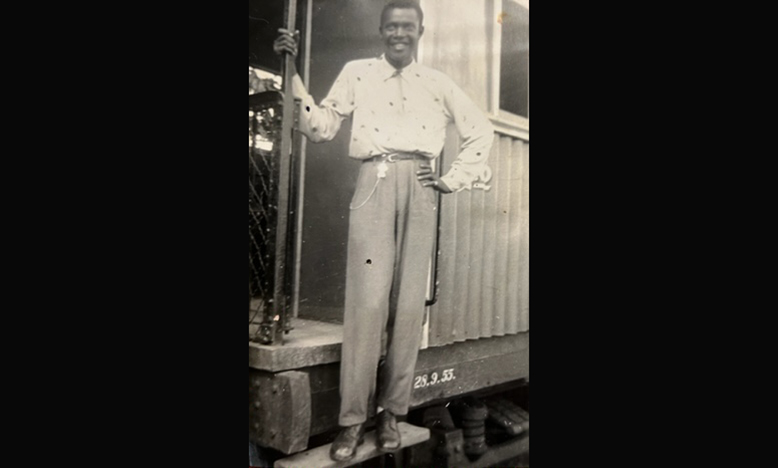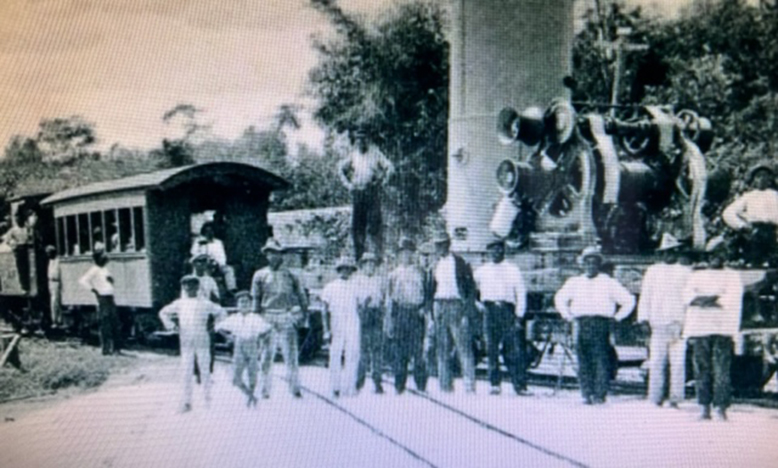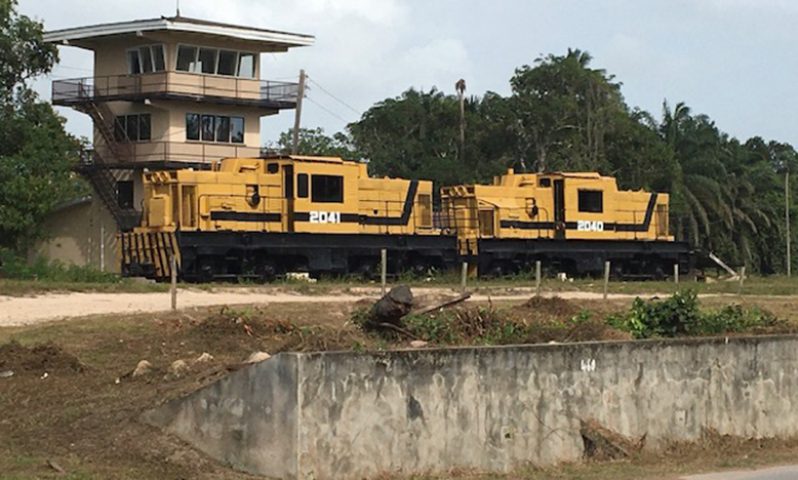By Francis Quamina Farrier
THE steamer excursions during the month of August, which were very popular back in the colonial days in British Guiana (now GUYANA), had their rival with the equally popular train excursions, which were primarily from Georgetown to Mahaica. Before we continue, it is apt to note that the original stretch of railway from Georgetown to Mahaica, which is a distance of 21 miles, was the very first railway to have been constructed on the continent of South America; a project which took 18 years to be completed.
The official opening ceremony of this historic engineering project was on August 31, 1864 at which Governor Sir Francis Hincks, a Canadian, officiated. Hincks Street, in the commercial downtown area of Georgetown, is named to the honour and memory of that governor. That stretch of railway from Georgetown to Mahaica was also among the earliest railways in the world. It was built shortly after railways were constructed in England and railway construction soon developed globally.

As part of my research for this article, I interviewed a few younger Guyanese to find out how much they knew about the era of the Transport and Harbours Department (T&HD) East and West Coast Demerara Train Services. Not only was there a very high percentage of them who knew absolutely nothing about those two train services in British Guiana, but many displayed some surprise to learn that the Georgetown to Mahaica train service was the very first on the continent of South America. The initial use of that train service was for transporting goods and other cargo. However, it later became very popular as a passenger service with first- and second-class sections.
AUGUST TRAIN EXCURSIONS
During the colonial years, there was the occasion when one of the August Train Excursions was so well attended that the coaches were packed to capacity. Some patrons decided to make themselves comfortable by climbing onto the roofs of the carriages, which proved to be rather foolhardy. That carefree abandonment of safety was a disaster waiting to happen; and it did. Somehow, the necessary switching of the line at one of the intersections was not done, and so the excursion train and another train which was approaching from the opposite direction were speeding directly towards each other on the same track.
Some of the passengers who were on the roof of the excursion train realised what was about to happen but, not taking it seriously, commenced a jolly chant, and swaying from side to side, “Two train gon jam-up together! Two train gon jam-up together!” Fortunately, seconds before the big bang occurred, the two engineers who were manning the two locomotives realised in time the possible disaster. Both took corrective action and slammed on the brakes of the two locomotives, which screeched to a slower pace, thus resulting in a much softer head-on crash. Nonetheless, some of those passengers inside the carriages sustained minor injuries. Many of those reckless souls who were riding on the roof of the train fell to the ground and sustained injuries.

The end of the major railways in Guyana in 1972
It was 50 years ago, in 1972, when the decision was made to end the two major coastal railway systems. The Georgetown to Rosignol and the Vreed-en-Hoop to Parika services were both terminated. Many Guyanese who were regular users of the system were extremely saddened and angry, even though they were told by the authorities that the services were operating at a financial loss and was a huge burden on the taxpayers whose dollars were used to subsidise the operations. Those two lengthy coastal railways were not the only ones in the country. The Bauxite Company at McKenzie used a railway network for transporting bauxite ore from the mines to the Bauxite Plant at McKenzie. There were also passenger train services between McKenzie and Ituni further south on the Upper Demerara river. There was also the Wismar (on the Demerara River) to Rockstone (on the Essequibo River) train service.
What is not generally known today is that back in the day, there was never any rainfall in the month of August. That is one of the reasons why there were so many outdoor activities, including various sports such as cricket matches, and also steamer and train excursions during August.
Back then, there were the big May-June rains and the lesser pre-Christmas rains as well. That was a reliable source for storing clean water to fill the many wooden vats in almost every yard in the city, as well as many in the countryside. That water was used mainly for cooking and also for bathing. In more recent decades, rain falls just about any time in the year, and August is no longer regarded as a “dry month.” Another reason, of course is, gone are the days of passenger trains in our country.
Elders can only reminisce and tell the stories of the times when the rain never fell in August in our country, and there were August train excursions to enjoy, even if it was on the outer roof of the train.




.jpg)









